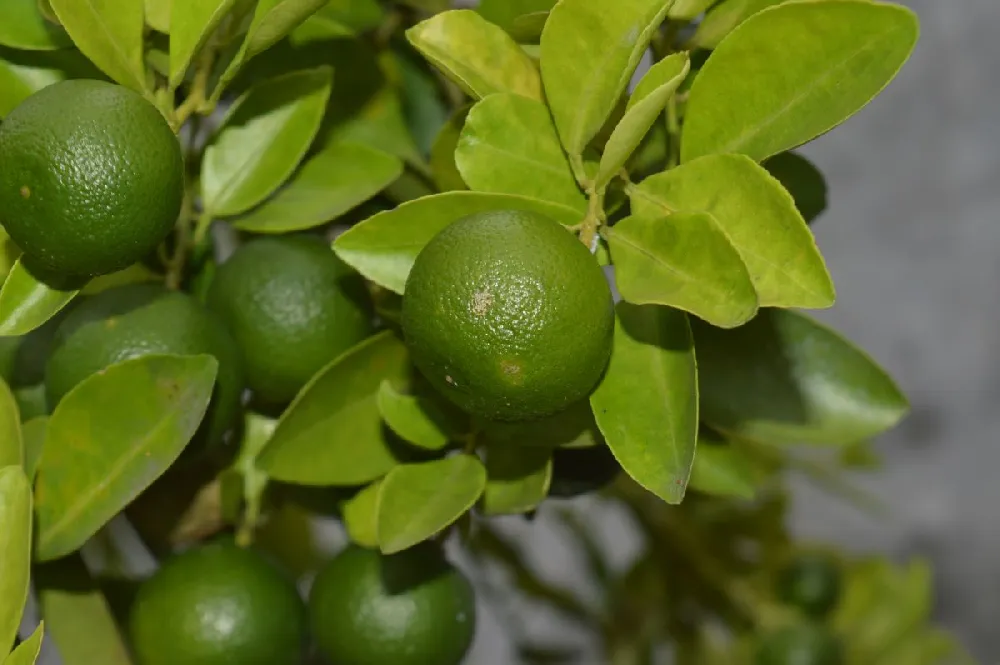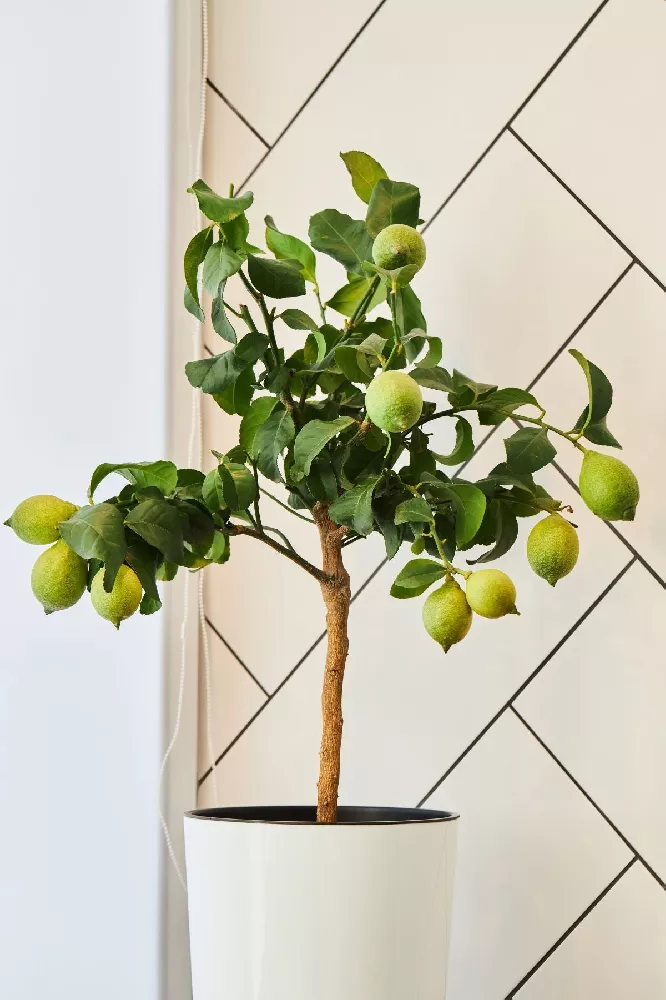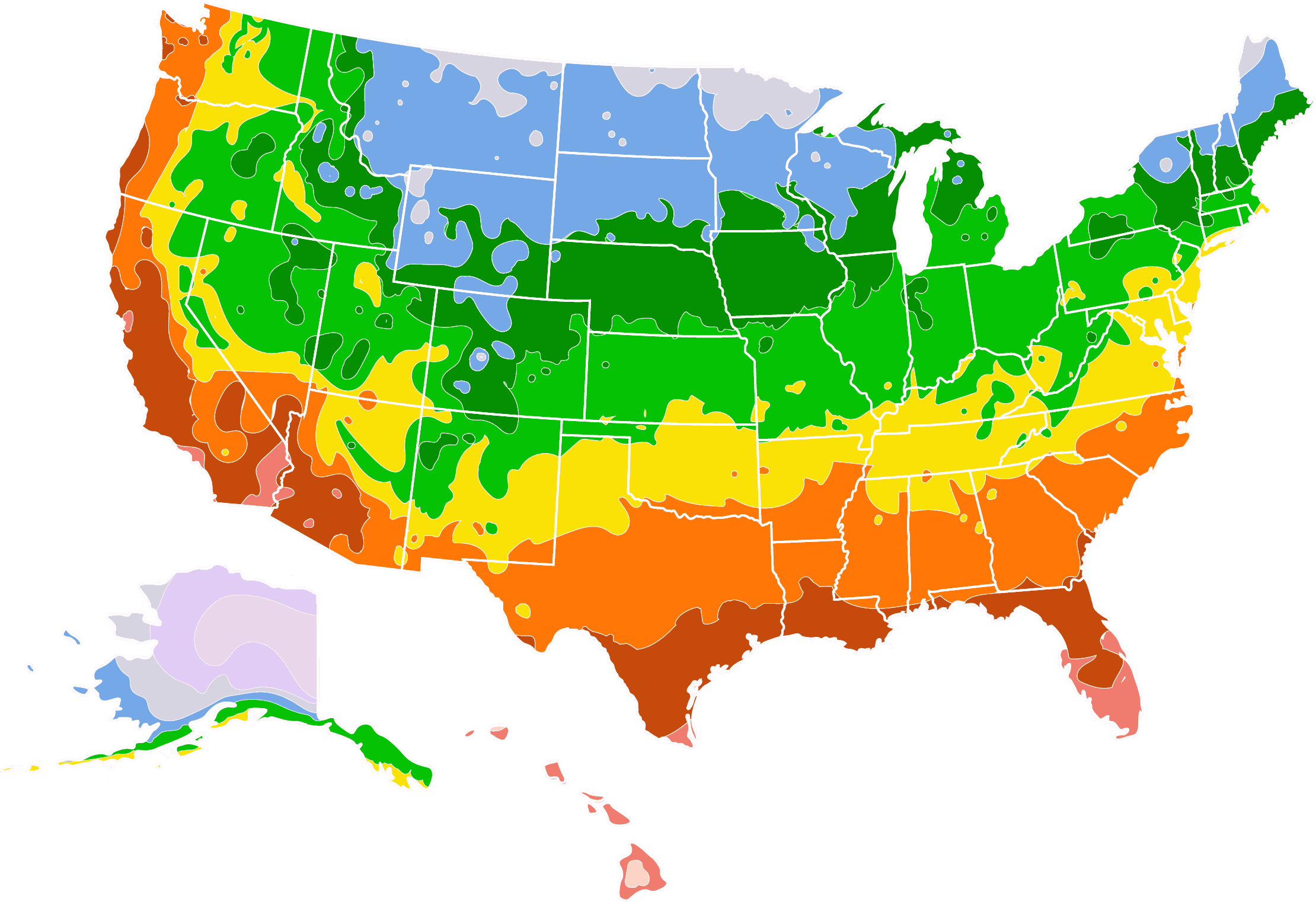- Home >
- Edible Plants >
- Clementine Trees
Clementine Trees for Sale - Buying & Growing Guide
- Ships in 1-2 days
- 1-Year Warranty Eligible
- Pots or accessories are not included unless specified in the product options.
Shipping Details:
Products shipped through FastGrowingTrees.com. Once your order is shipped, you’ll receive an email with a tracking number and estimated delivery date. Most orders will ship immediately.
Clementine trees, or Citrus reticulata var. Clementine, are a hybrid of the mandarin, and an excellent choice for beginning gardeners because they are fairly easy to grow. They are considered the sweetest of the citrus, and are less acidic than oranges. They are somewhat cold-hardy, but are best grown indoors by those who live north of USDA hardiness zone 8. Although many gardeners grow clementines for their tasty fruit, it is also an attractive landscape plant, with glossy green leaves and an appealing shape. Clementines need minimal pruning and are not prone to diseases or pests as much as other citrus. People love growing clementines because they:
- Make an attractive potted plant.
- Are an easy-to-peel, sweet fruit.
- Are simple for beginner gardeners.
Plant Care
Sunlight

Likes full sun — needs at least six hours a day of direct sunlight.
Watering
Clementines like moist soil. Water whenever the top two inches of soil are dry.
Fertilizing

Feed every other month with a balanced fertilizer formulated for citrus trees.
Planting and Care
Planting instructions
Choose a site in full sun and dig a hole that’s three times as wide and just as deep as the tree’s root ball. Tease out the roots so they’re not encircling the root ball — this could choke your tree. Place the clementine in the hole. Fill the hole halfway with soil, then fill it with water. When th water drains away, fill the rest of the hole with water. Tamp down and water again. Add several inches of organic mulch around the root line.
Watering and nutrients
Clementines like soil that is moist but not soggy. For the first year after you plant it, water your sapling every few days. After that, you can scale back on waterings, but check the tree regularly. If the soil is dry two inches below the surface, water well. If growing in a container, water every few days.
Look for a fertilizer that is formulated specifically for citrus trees, and use it every other month throughout the year (clementines don’t go dormant in the winter). Do a soil test when planting — your tree will do best in slightly acidic soil. If that’s not what you have, amend the soil as needed.
Pollination
Clementines are self-fruitful, meaning they do not need to be pollinated by another tree. That means you will be able to have a harvest from your tree even if you only have one.
Pruning
Clementines don’t need extensive pruning unless you want your tree to stay a certain size, in which case judicious pruning in the spring will be needed to control growth. Otherwise, check your tree regularly for broken or diseased branches and remove them. In the spring, survey it for crossed or leggy branches, as well as suckers that grow off the base of the trunk — all should be removed.
Pests and diseases
Fruit flies may lay their eggs on your clementine’s fruit. Avoid this by harvesting when the fruit is ripe, and cleaning up fallen fruit or other debris around the tree. Soft scale is another pest that may bother your clementine, but it is easily treated with horticultural oil or neem oil.
Although clementines are sturdy trees with few diseases, you may experience citrus canker, which shows as raised lesions on the leaves, branches, and fruit of your tree. Eventually the lesions turn brown and may cause damage to the wood of the tree. Use a copper fungicide to control it.
Harvesting
Clementines are ripe from roughly November through February. The fruit doesn’t ripen after picking, so you’ll need to learn to recognize when it’s ripe on the tree. Look for fruit that is fully orange, with no green, and slightly heavy. It should have a little “give” to it when you squeeze gently. The fruit can sit on the counter for up to a week; longer than that and it should be kept in the refrigerator.
Achieving maximum results
Your clementine is happiest in well-drained soil that is on the sandy side. Adding a few shovels of well-rotted organic compost to the mix when you plant it will give it an extra boost. Keep the soil mulched under the tree’s drip line to conserve moisture. Rake that mulch away once a year and apply a one to two inch layer of compost, then replace the mulch.
FAQs
How long does it take for a clementine tree to bear fruit?
What USDA hardiness zones allow you to grow clementines outside?
Clementines are a tropical plant, and are best grown outside in southern regions, USDA hardiness zones 8-11. If your winter temperatures ever go below 20 degrees, your best bet is to grow your clementine in a container that can be brought inside in cold weather.
How do I grow my clementine in a container?
First, look for a dwarf or semi-dwarf variety, or one that is labelled for container growing. Plant it in a pot that has adequate room for the roots when they are stretched out. Container plants may need more watering in the summer, as they dry out quickly. Keeping the soil fertile through the application of a good citrus fertilizer is also important for your container-grown clementine.
Are clementines native to the U.S.?
Clementines are man-made hybrids of the mandarin orange and do not grow wild anywhere. Mandarins are native to Southeast Asia and the Philippines, but are widely grown in the southern part of the U.S.
Compare Similar Products
Customer Reviews
 Happy with the plants
Happy with the plantsI've bought several plants, all in good shape. The clementines are thriving and flowering and may even get some fruit soon. I will buy from them again. One note, please consider packing differently so they aren't as easily damaged when you take them out.
 Perfect gift
Perfect giftExcellent, would do again
 Getting a good start
Getting a good startSo far, so good it is outside in a container, bushy and green.
 Perfect Mother's Day gift
Perfect Mother's Day giftThe tree was a Mother's Day gift. My mother was so happy when she opened the box. Is beautiful
 Clementine
ClementineIt looks beautiful and healthy.
 Tree
TreeIt is a very nice tree, it is doing really well









